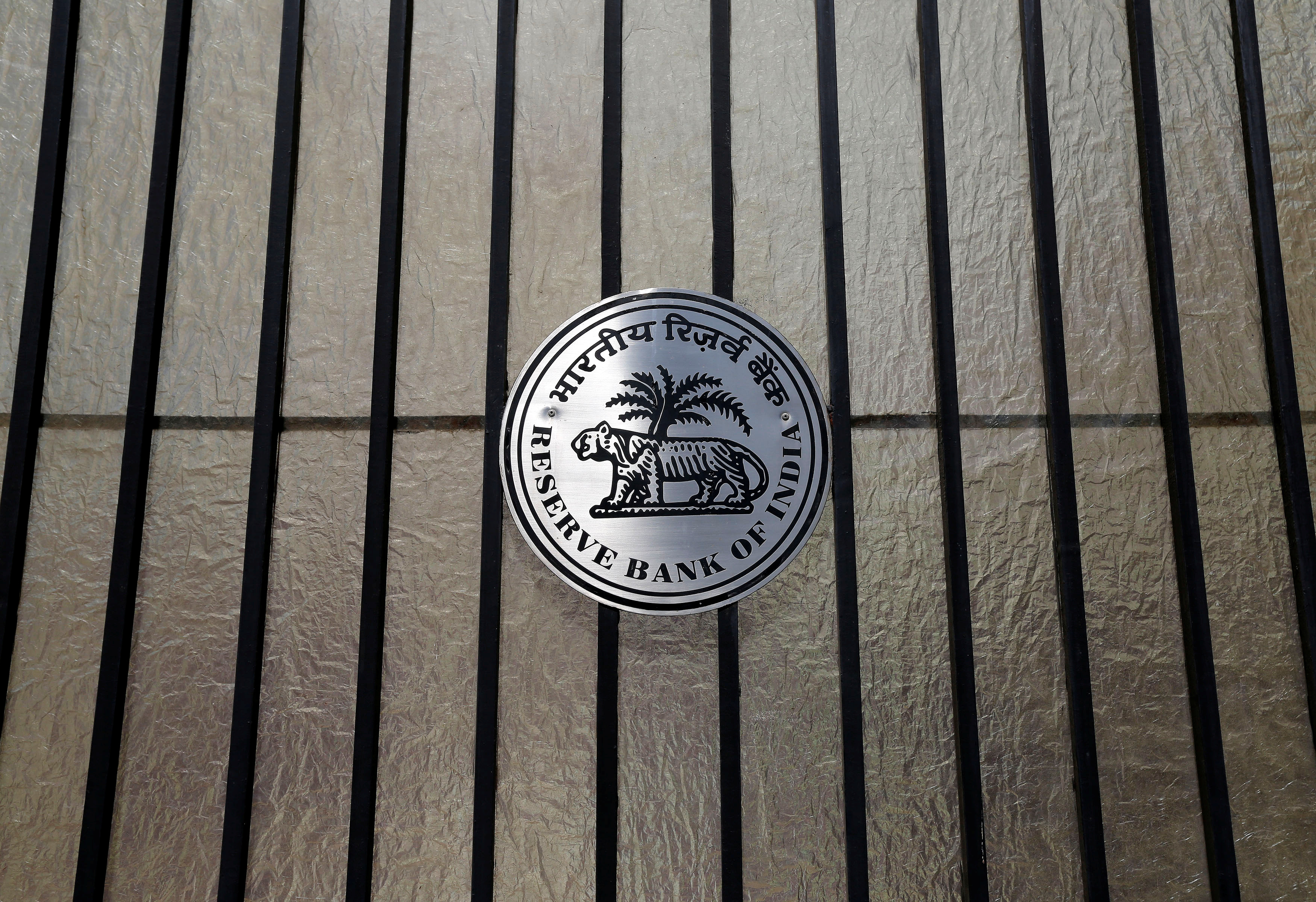A Shift in How Schemes Are Funded
In a major financial reform, the central government has announced that funds for all Centrally Sponsored Schemes will now flow directly through the Reserve Bank of India starting November 1. With an annual outlay of nearly ₹5 lakh crore, this change is expected to reduce delays, prevent misuse of funds, and ensure smoother implementation of welfare programs across the country.

Until now, the Centre released funds to state treasuries, which in turn transferred the money to Single Nodal Agencies. However, delays in these transfers often led to stalled projects or worse, funds being diverted for other purposes. By shifting to the RBI’s system, the government aims to bring transparency and real-time efficiency into the process.
Cutting Float and Saving Costs
One of the biggest problems with the old model was the accumulation of idle funds in state treasuries and bank accounts, estimated at ₹1 to 1.5 lakh crore at any given time. This “float” added to unnecessary borrowing and interest costs. With the RBI model in place, the government expects to save nearly ₹6,000 crore annually in interest expenses.
The new system will also benefit states. In the past, delays led to penal interest charges, which meant the Centre collected about ₹4,000 crore in FY23 and over ₹5,000 crore in FY25. Redirecting these savings could help finance new schemes and development programs.

How the New Mechanism Works
Under the new model, every state’s Single Nodal Agency will maintain a dedicated account with the RBI. Instead of releasing lump sums upfront, the Centre and states will authorise amounts as per the agreed cost-sharing pattern. When a payment request arises, the state will send it to the Centre, which will forward it to the RBI. The RBI will then release funds directly from the Consolidated Fund of India and the State Consolidated Fund.
This ensures that money is only disbursed when needed, tightening financial discipline and ensuring schemes are implemented without unnecessary delays.
Towards a Progressive Financial Architecture
Expenditure secretary Vumlunmang Vualnam highlighted that this reform is the second stage of the government’s “just-in-time” release of central funds, which aims to eliminate idle balances. He urged state finance secretaries to work closely with the Centre and embrace a modern financial architecture built on technology and accountability.
Deputy CAG officials added that the move aligns with the broader vision of strengthening the Public Financial Management System, making India’s fiscal ecosystem more efficient and transparent.
Outlook
This shift to RBI-managed CSS funds is a landmark step in India’s financial governance. By plugging leakages, cutting borrowing costs, and ensuring timely execution of schemes, the Centre is laying the groundwork for stronger and more transparent fiscal management. If executed well, this could become a model for future reforms in public finance.
Follow YouFinance on Instagram and Facebook for more updates on government reforms, the economy, and the future of financial systems in India.















